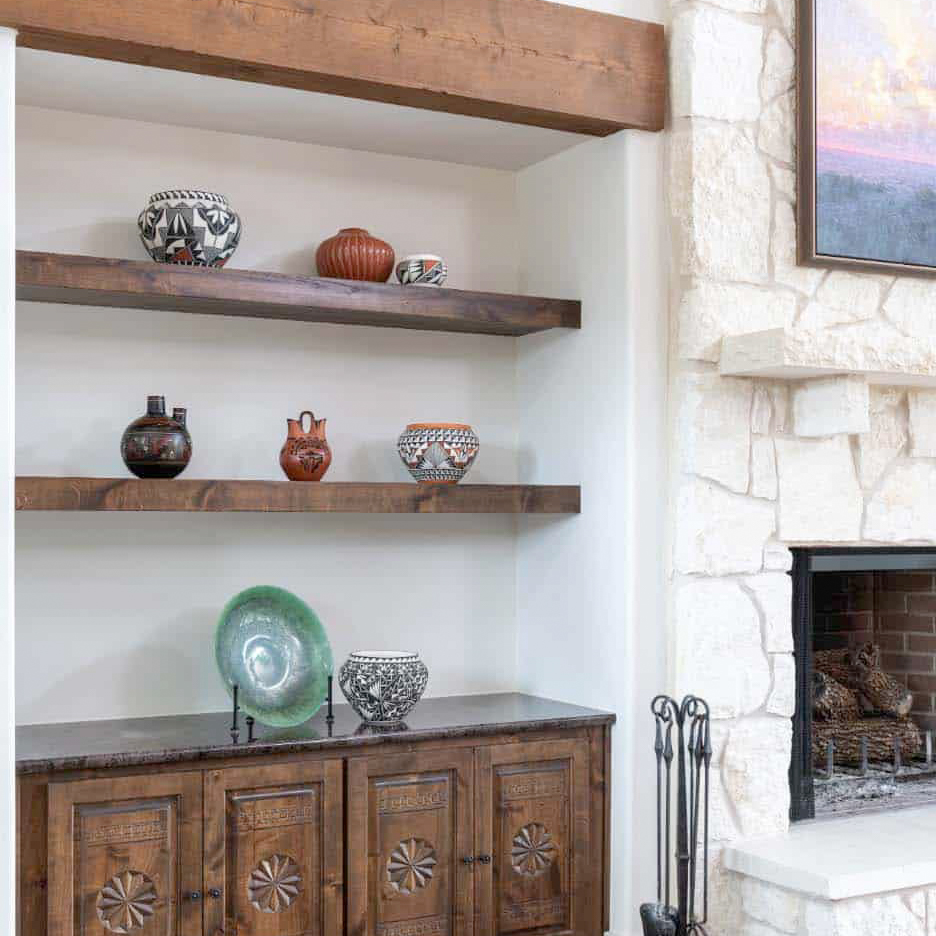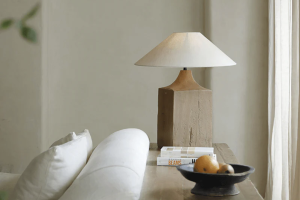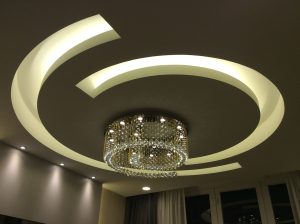Introduction:
Scandinavian design is a concept that has been gaining popularity in the world of interior design. Simplicity, functionality, and minimalism- these are the key features of Scandinavian design that have attracted people for decades. In this article, we will explore the beauty of Scandinavian design and understand the essence of this style.
History:
Scandinavian design originated in the 1930s, but it was not until the 1950s that it gained worldwide acceptance. The style emerged as a response to the social and political upheavals of the time, as people began questioning traditional values and seeking modern solutions for contemporary lifestyles. Scandinavian design was born from this need, reflecting the changing times with its fresh and clean lines, paired with functionality.
Style:
Scandinavian design is characterized by its simplicity, functionality, and minimalism. The style is all about creating a peaceful and harmonious environment, with a focus on natural materials and clean lines. This style also puts great emphasis on the importance of functionality while still preserving the beauty of the design. It’s all about less is more, with a minimalistic style that provides maximum impact.
Materials:
The materials used in Scandinavian design are essential to the overall style. Wood, especially light-colored woods like ash and birch, are commonly used, adding warmth to the space. Natural fibers like wool and linen are often used in textiles, adding texture and depth to a simple, minimalist space. Metals, like brass and copper, are also used to add a touch of industrial flair.
Colors:
The color palette for Scandinavian design is also minimalistic, focusing more on pastels, whites, and light grays. This soft color palette allows the furniture and decorative objects in the space to take center stage, creating a calming and peaceful vibe.
Decor:
The decor in Scandinavian design is all about creating a calm, peaceful, and harmonious environment. This can be achieved through prints, decorations, and artwork that carry a natural theme, like leaves, flowers, and animals.
Lighting:
Getting the lighting right is essential to create a cozy and inviting atmosphere in Scandinavian design. Light is used for creating a warm, inviting ambiance, with warm bulbs or light shades preferred over cold and bright lights.
Furniture:
Scandinavian design is known for its sleek, modern furniture that maximizes functionality. Function is a priority, and the furniture is minimalistic in design, with no unnecessary adornments. The use of natural materials like wood and leather paired with clean lines and simple shapes are the signatures of Scandinavian furniture design.
Inspiration:
Now that we’ve covered the fundamental principles of Scandinavian design let’s talk about its inspiration-the Scandinavian environment. Known for its cold, long winters, and vibrant summers, Scandinavia is a land of natural wonders. From Northern Lights to fjords, Scandinavian design draws heavily on the picturesque environment to create a peaceful and calming space.




More Posts
Enhance Your Bathroom with a Ceramic Glazed Table Lamp
Enhance Your Outdoor Space with a Solar LED Table Lamp
Nordic-Inspired Wooden Table Lamp with Linen Lampshade